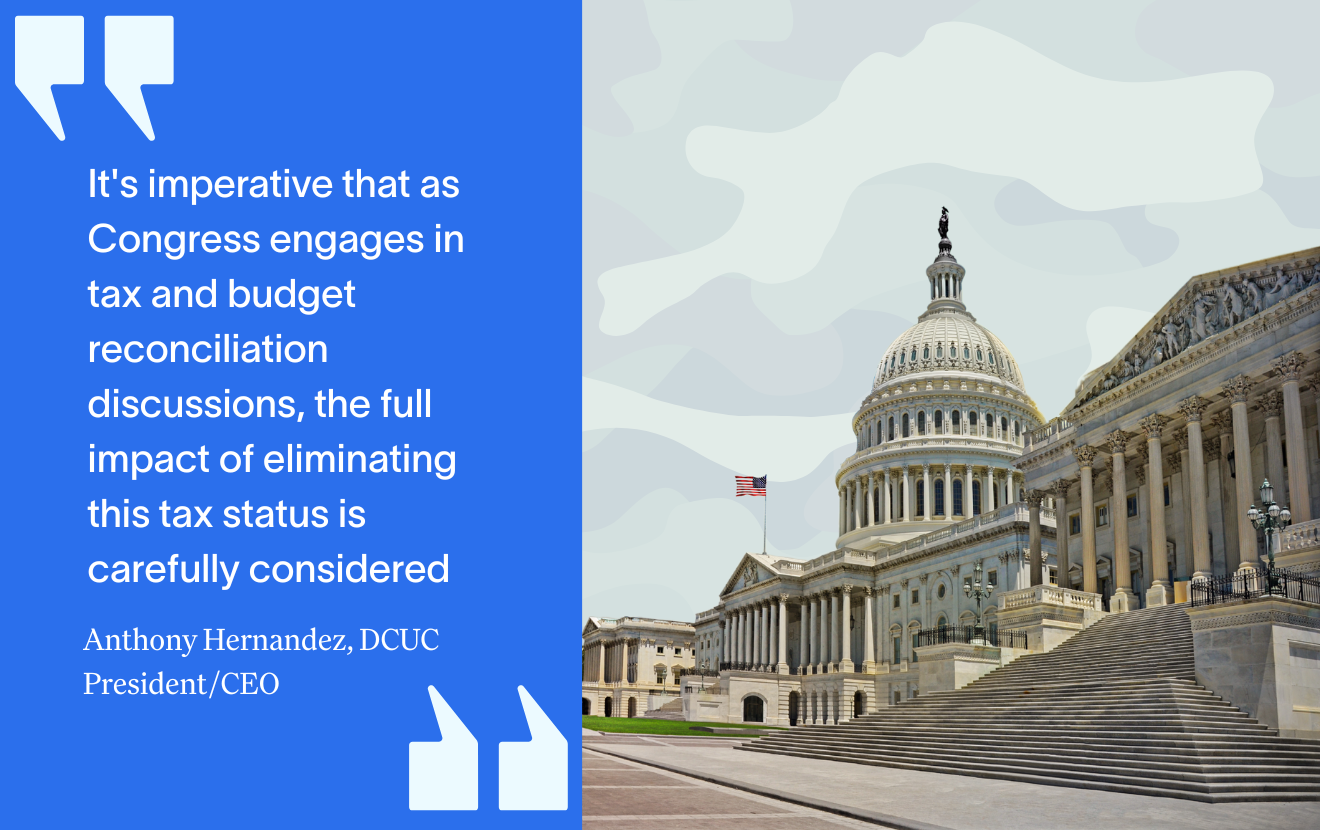by:Bethan Cowper
The payments landscape is in a state of flux and has been for the last ten years. However, we finally have the technological agility available to deal with change and meet consumer expectation. It is this synergetic meeting of ability and technology that can really drive change. What does this mean for payments? Well they are already attracting a lot of press as industry giants and disruptive start-ups alike pour investment into creating the latest innovations that solve X, Y and Z. With all these new payment types from wearables to crypto-currencies, have we lost sight of what payments mean to the member?
Payments aren’t broken; they aren’t a problem that needs solving. Cash is apparently dying, yetaccording to MasterCard, globally 85 percent of retail banking payments are made in cash. It’s quite difficult to dispute its relevance and importance when it has the longest product lifecycle of all payment types, give or take a millennia.
What about cards? Cards serve us so well; from the humble debit to the virtual prepaid, cards solve a multitude of problems and offer the consumer a choice of solutions. Dare I mention contactless? From contactless we can jump to NFC and mobile. We can pay by phone on the move, anywhere we go: the mobile device delivers undeniable convenience. But is it really the future for everyone? Please don’t get me wrong here, I really do think that contactless and mobile have a place, and that they are going mainstream. I’m not arguing that new technology isn’t useful or relevant; it’s that it isn’t a replacement.
Innovation offers more freedom and more choice. For example a consumer can receive a check from their mother on their birthday; their partner might transfer them money via the Internet for bills; they can tap their card to pay in store; pay for a cab with cash; and use their mobile app to split the bill for dinner out with friends.
To be successful in this option-led environment, credit unions must invest in the technology to support their activities: gone are the days of siloed product strategies and the “one channel” consumer; as are the days of technology “plasters” or wraps and short-term solutions. According to Ovum, more than two-thirds of financial institutions are looking to modernize their payments infrastructure in 2015 and this is undoubtedly motivated by the need to keep up with consumer requirements and to safeguard against any high-profile system glitches or crashes.






